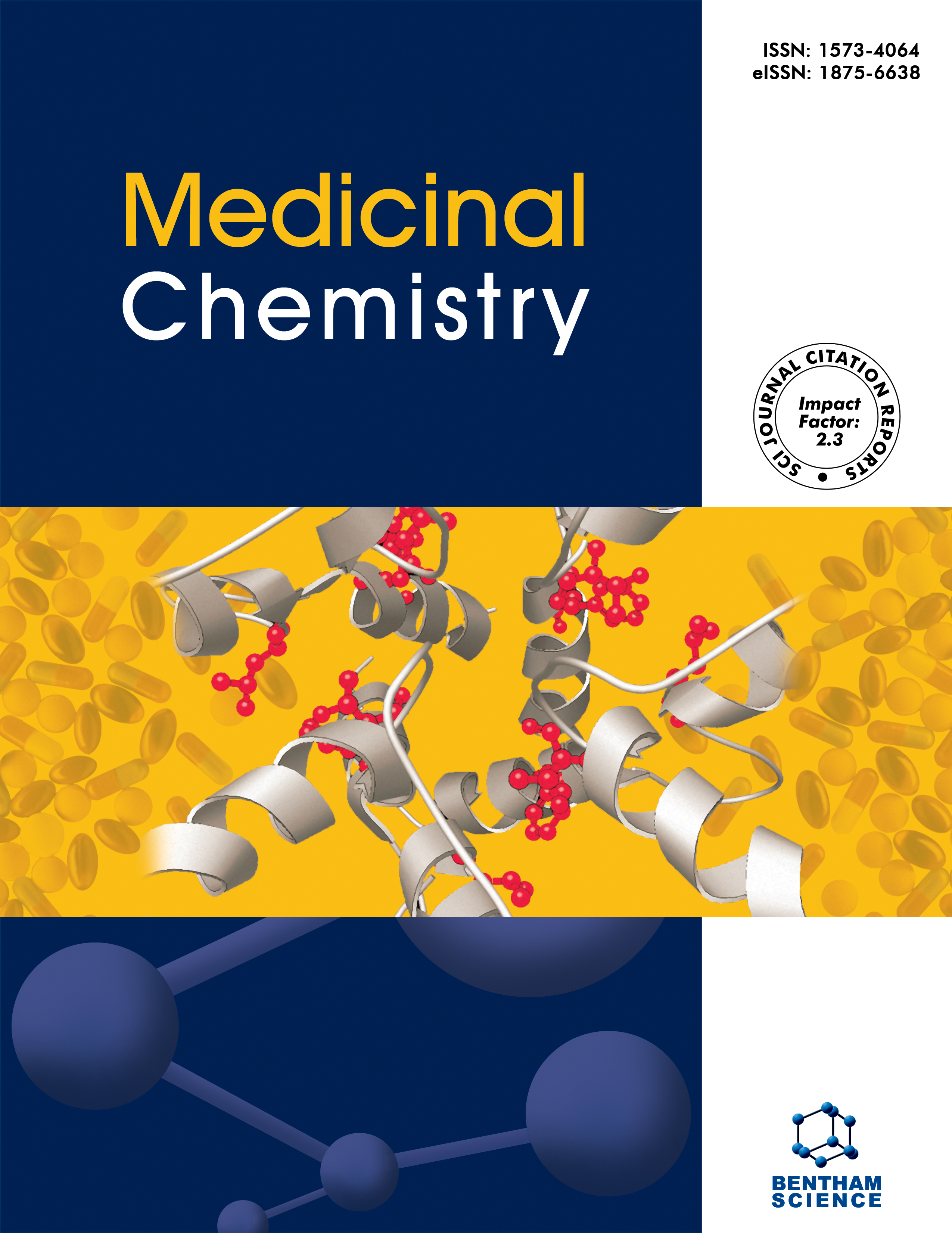
Full text loading...
In many types of cancer, uncontrolled growth and proliferation of cells occur due to abnormalities in their genes, mutations of pro-apoptotic proteins, or upregulation of anti-apoptotic proteins. Triazolinedione and pyrrole derivatives are compounds with anti-microbial, anti-fungal, anti-inflammatory, and anti-cancer activities. Pyrrole and its derivatives are critical heterocycle compounds that are significant in anticancer studies and highly preferred in research.
This study aimed to investigate the effects of dihydropyrrole derivatives substituted with triazolinedione on the MCF-7 (breast cancer) cell line’s apoptosis, ER stress, and heat shock genes.
The mRNA levels of apoptosis, ER stress, and heat shock proteins were assessed by qRT-PCR method in the MCF-7 cell line. The investigation of ADMET features, crucial pharmacokinetic indices for the potential candidacy of compounds as drugs, has been meticulously designed. In silico-induced molecular docking studies were conducted to further explore the interaction and elucidate the orientation of hybrid compounds within the active sites of BCL-2, PARP, HSP70, HSP90, and GRP78.
It was determined that the compounds caused cell death by modulating apoptotic (compound IV), ER stress, and heat shock proteins (compounds XI and XVI) through up- and down-regulation. Our findings have pointed to the effects of triazolinedione-substituted dihydropyrrole derivatives, exhibiting antitumor activity on apoptosis, ER stress, and heat shock genes in the MCF-7 cell line.
The compounds investigated in this study have been found to be promising for anticancer research.

Article metrics loading...

Full text loading...
References


Data & Media loading...
Supplements

